Google Pixel 9 Pro Review for Photographers: It’s All About AI
As I write this, there is a Pixel 9 Pro XL in my hand with a beautiful, newly designed camera bump — but what’s inside is largely the same as what we’ve seen before. Sure, Google says they’re more durable, have a longer battery life, and feature a redesigned imaging pipeline from the sensor to the photo, but what is the real improvement from last year’s model? Well, some would say that the improvement isn’t real at all, because the Pixel 9 is all about the powerful new generative AI tools added to the Magic Editor.
Another big part of the Pixel 9 series is the new Gemini Assistant features which allow for conversations to be had with the phone to automatically make lists, scan documents for pertinent information, make suggestions for plans and events, and so much more. Clearly, Google wants AI to be a major feature and also a revenue stream for their company going forward. “Pro” phone buyers will get one year of free Google Gemini Live but after that, they will be charged a subscription for use. The AI-based assistant tools are beyond the scope of this review but at least the photographic-specific AI tools are not based on a subscription service yet.


I’m going to be focusing on the Pro series of phones which now offers either a smaller 6.3-inch phone size or a larger 6.8-inch frame that provides exactly the same functionality and screen quality. The Pro phones have the 5x telephoto which is absent from the baseline Pixel 9 phones as well as manual controls for the cameras which more advanced photographers will enjoy. The Pro series also unlocks the Video-boost and Night Sight with video features which makes it a better choice for creatives. The larger 16 GB of RAM won’t make much difference to performance unless multiple apps are opened and all the phones have the same G4 Tensor processor.
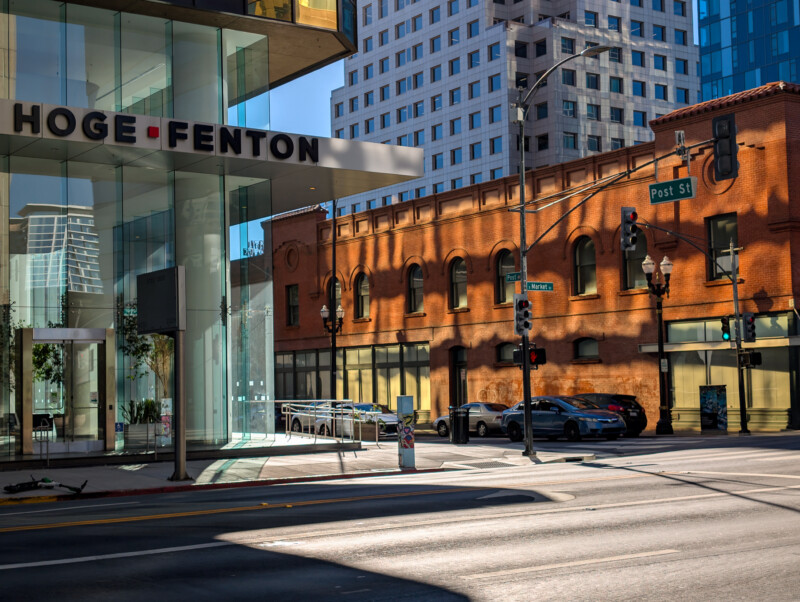
Google Pixel 9 Pro Review: The Hardware
To be fair to the Pixel 9 Pro series, there are some meaningful hardware changes over the 8 series from last year. The G4 Tensor processor is the fastest yet which is important for running the camera’s new AI capabilities. There is also a brand-new 48-megapixel ultra-wide camera which has a smaller sensor than last year’s model but a brighter f/1.7 aperture. In the end, I think this will be a wash — you probably won’t notice a difference. The front-facing selfie camera is much improved, though, upping the pixel count to 42-megapixels and it also now offers a wider 103-degree angle of view and autofocus.

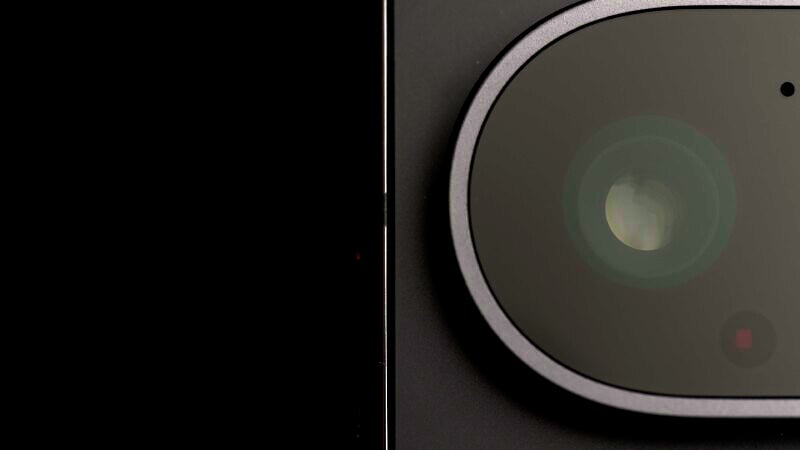

However, the main camera and telephoto are using essentially the same hardware as before. Don’t get me wrong, I like the main camera in the Google Pixel very much and it was our favorite last year. The 50-megapixel f/1.68 main camera is excellent in terms of optical performance and provides a shallower depth of field. The 5x telephoto is also decent with its 48-megapixel resolution and f/2.8 aperture. This year, it gets the addition of dual-pixel autofocus and I found myself using it quite a bit. What we aren’t seeing, however, is a marked increase in image quality over last year’s Pixel 8 cameras.
Look, the Pixel 8 is a great photographer’s smartphone in its own right so this isn’t a bad result but it does now leave space for Apple and Samsung to surpass it in terms of camera performance, not to mention the many other manufacturers outside of the North American market like Vivo and Xiaomi.



Both Pro phones also get updated displays with a maximum brightness of 2,000 nits for HDR viewing and 3000 nits of peak brightness for general use. The screens have similar pixel density between the Pro and Pro XL versions and are some of the nicest ones I’ve used so far.



Google Pixel 9 Pro Review: Machine-Learned Magic
Since the hardware didn’t get a ton of changes, the major updates are all AI-based and this makes sense given that smartphone sensors can only get so physically big before they become impractical. Some tools return from the Pixel 8 like the excellent Action Blur and Long Exposure modules. But now we have a handy Add Me feature that allows the photographer to get into the photo without having to use a self-timer or ask a person on the street for help. You can simply take a photo of your friend and then switch places with them. The Add Me feature uses an AR representation of your subject to assist you in placing the second subject and then intelligently blends the two images into one. It is effective and also fun to use.

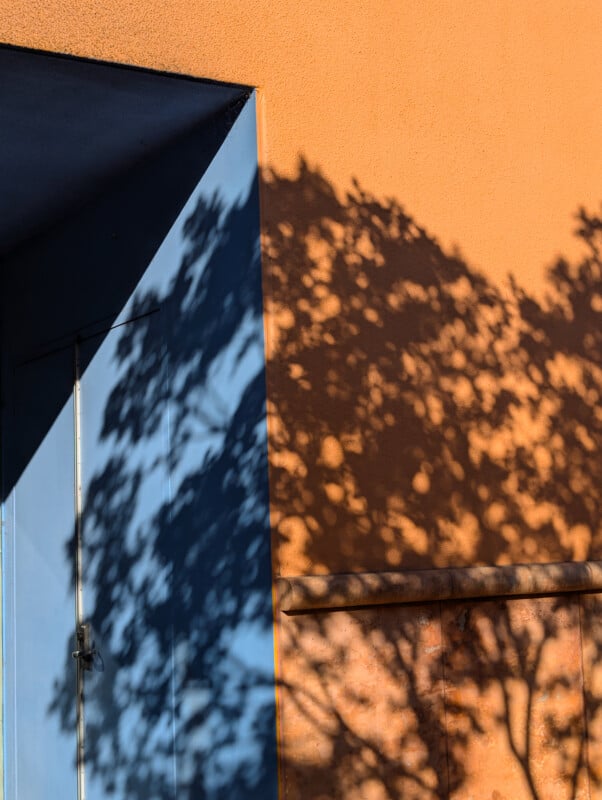
You can now push the telephoto range further: up to a 30x zoom. Quality loss is still obvious but the new AI engine does have better sharpening results than the Pixel 8 did and I imagine more photographers will rely on it now that the detail is better maintained.
The Panorama module has a much better interface for capturing images, doing away with the clunky slow pan and instead providing handy marks to line up the next frame and stitch the two together. You can then take more frames or stop at any time when the Panoramic image is to their liking. This new setup allows for more computational imaging to be applied to multiple frames and also unlocks Night Sight mode while creating the images which I found to improve low-light shots substantially. Unfortunately, there are still the occasional hiccups where frames might not stitch together seamlessly and multiple attempts don’t always solve the issues. For stationary objects and landscapes though, the new panorama mode works almost perfectly.


Google says that the whole pipeline architecture has been changed this year to improve image quality across the board with particular emphasis on people’s faces being rendered better although I didn’t notice much difference from images I took on the Pixel 8 Pro and everything from color and sharpness to noise levels and motion blur looked similar.
I tested out the Portrait mode to see how well the Google has improved but again, the results look similar to the Pixel 8 Pro. That’s too bad because I found the Pixel phones to struggle with realistic-looking portraits and shallow depth-of-field rendering. Hair can sometimes still challenge the phone’s selection tool to accurately map out what should be blurred and the depth maps still look a little other-worldly sometimes. Under ideal conditions, the Portrait mode can give a pretty convincing result but I far prefer to simply take regular pictures and then add Portrait Blur in post using the phone’s built-in editor to control exactly where and how far the Portrait Blur goes.

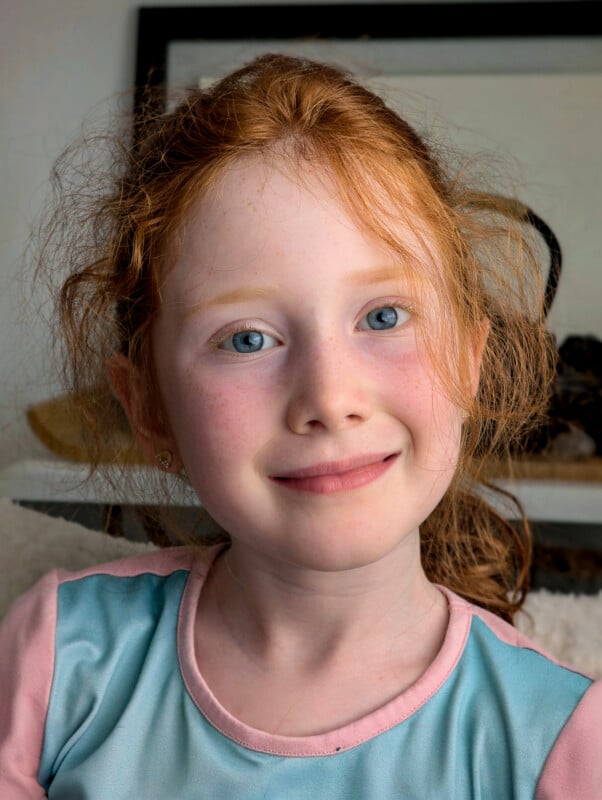

Google Pixel 9 Pro Review: Video Gets Boosted
As mentioned above, the Pixel 9 Pro phones get enhanced video tools that provide some benefit to the creative filmmaker. First is a resolution booster which ups the video from 4K to 8K while maintaining good detail and extra pixels. There aren’t many situations where 8K is honestly needed but it could be handy if you want to pull larger still images out of your 8K rendered video for example. It’s important to note that this only adds more pixels without harming the detail too much but can’t actually add more detail to start with. Also, this is a very intensive process that requires the video clips to be uploaded to the cloud to be worked on.

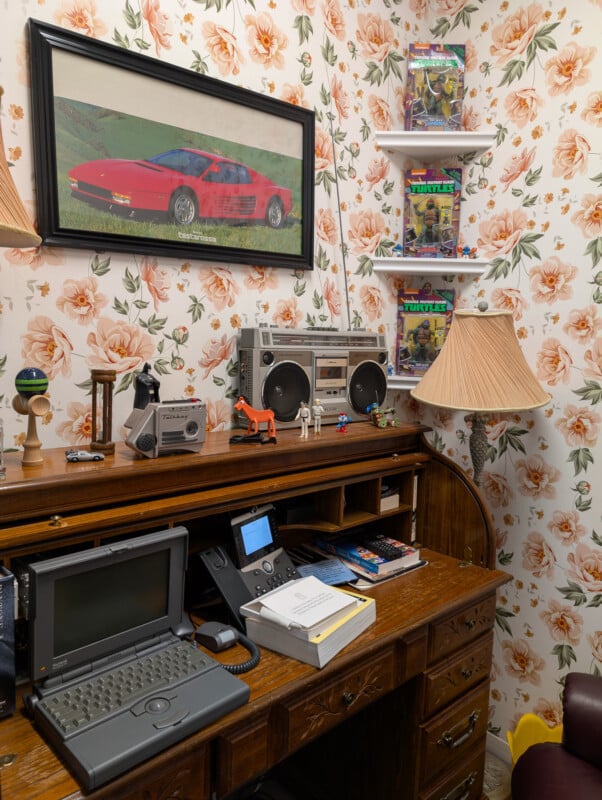
An alternate Video Boost feature now melds Night Sight with video and takes multiple frames at different exposures while recording to provide extra dynamic range and the difference is noticeable. Being able to record more dynamic range is very useful when stuck with such small sensors and this is a nice benefit when shooting video in lower-light situations.
Unfortunately, you don’t get a lot of manual control when shooting video on the Pixel phones and if you go to a third-party app like Black Magic, the manual control is there but you no longer have access to the Video Boost features. This is a pretty big oversight on Google’s part when it comes to giving creators what they need.
Update 8/22: While the 10x and 20x quality is very poor at the time of capture, the “Video Boost” function can be used at 4K 30p to massively improve the telephoto image quality.
![]()
Google Pixel 9 Pro Review: Magic Editor is More Magical
The above tools are for the most part considered machine-learned tools where the phone can pull from lots of previous data to make educated guesses about how things should be rendered. All of these processes can be done on the phone as well using the internal processor without any internet or cloud connection required. However, the real star of the show is the generative AI tools in Google’s cloud-based Magic Editor. This requires you to back up photos to Google Cloud where the powerful servers can embellish your images. The results on the Pixel 8 showed potential but the end product was laughably bad. Moving and resizing people and subjects often showed obvious haloes, limbs cut off or disjointed, and shadows not being replicated properly. The Pixel 9 steps this up in a big way.



The Pixel 9 smartphones now make use of generative AI prompts and it seems to do this even for basic tasks like erasing objects in the background or moving subjects across the frame. The results aren’t always fully convincing but they are worlds better than what we saw before. However, the prompts unlock so much more now that the Magic Editor can use generative AI to create objects out of thin air.
The prompts specifically do not work on people but almost anything else is fair game. Want an airplane in the sky? Or perhaps create a set of chairs in some tall grass? The AI prompts will provide you four options to choose from and if you don’t like them you can simply generate more. You can use the touch screen to make selections to limit where the magic will happen or you can tap to select skies or large swaths of landscape to modify. The landscape results in particular are quite good.
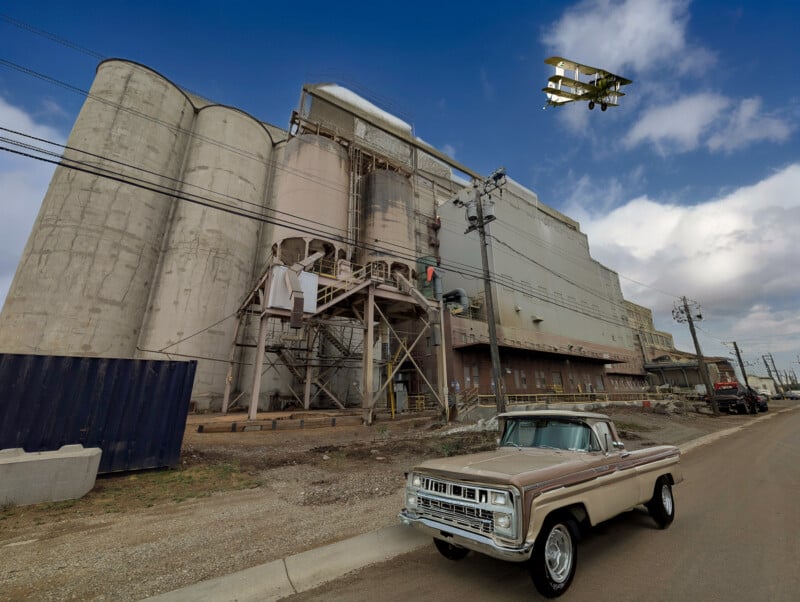

Doing this probably goes beyond the bounds of what we consider photography but there is absolutely no denying that the features are incredibly fun to use and that happened much faster than we thought it would.
Gone are the super long delays that we encountered on the Pixel 8 phones, and the enhanced speed is just fast enough to encourage plenty of experimentation. The results can be aimed towards a more realistic result or you can go down the drug-induced rabbit hole of the surreal. I think most people will enjoy changing skies from cloudy days to spectacular sunsets or moving their compositions to a more appealing frame allowing the phone to rebuild the background intelligently.

Like It or Not, It’s All About AI
I predict that over the next few months, we will see a flurry of experiments to see just what the engine can and cannot accurately replicate and while the seams between reality and the artificial are still quite obvious upon close inspection, most arenas of image sharing like Instagram or Snapchat will show the images created to be fairly convincing.
No matter how many of us might feel about AI and its role in photography, the Pixel 9 Pro makes it clear that this trend is here to stay and will only become more and more prevalent. The price of the phones has changed a bit, too: the Pro model is the same $999 as last year but the Pro XL’s price went up a bit to $1,099. Whether this phone has value for you will be directly related to your tolerance of generative AI technology.
Are There Alternatives?
So far there are no other phones that come close to doing what the Pixel 9 does with generative AI. New phones are on the horizon though, and we will see big pushes towards AI-based assistants. Whether the competition will also dive into the photo world in the same way remains to be seen.
Should You Buy It?
Maybe. I’d only go for the Pixel 9 Pro if I wanted the latest and greatest, didn’t have last year’s model already, and was really intrigued by the new AI features. Otherwise, a Pixel 8 Pro will give very similar photo results for most situations.
Disclosure: Google provided editorial loan units of the Pixel 9 Pro for this review. As always, the company had no input on editorial content and the loaned units will be returned to Google.